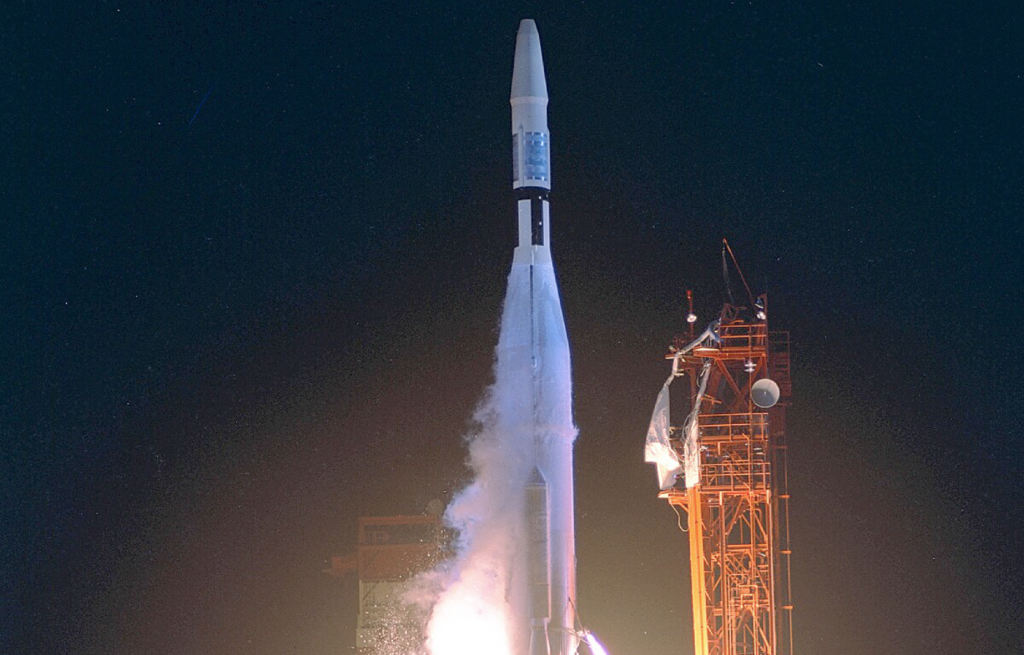In the high-risk world of space exploration, precision is everything. A single misplaced decimal place, an omitted character or a small syntax error can mean the difference between success and catastrophic failure. One of the most infamous coding errors in history - the absence of a hyphen - led to the destruction of NASA's Mariner 1 spacecraft just moments after launch, costing the agency a staggering 18.5 million dollars.
On July 22, 1962, NASA's Mariner 1 was ready to embark on a groundbreaking mission to the planet Venus. The spacecraft was designed to transmit valuable scientific data back to Earth, advancing humanity's understanding of the solar system, yet just 293 seconds after liftoff, the mission ended in disaster: The rocket veered off course, prompting ground control to initiate the self-destruct sequence. The culprit? A single missing hyphen in the code of the software orientation. The missing hyphen led to incorrect speed calculations, causing erratic flight behavior that eventually made the spacecraft uncontrollable.
In short, the Mariner 1 spacecraft relied on a combination of ground-based and on-board guidance systems, and its software was responsible for interpreting the signals from the tracking stations and adjusting the rocket's trajectory accordingly. The missing hyphen in the code disrupted the mathematical instructions that dictated the velocity corrections, resulting in erroneous calculations. The error translated into unintentional trajectory deviations that became increasingly serious, leaving NASA with no option but to abort the mission.
This incident remains one of the most costly typographical errors in history, highlighting the critical importance of meticulous attention to detail in programming, particularly in mission-critical applications. In the world of softwareEven the slightest oversight can have far-reaching consequences. This is especially true in aerospace engineering, where precision is paramount. For today's developers and engineers, the failure of Mariner 1 serves as a cautionary tale; it underlines the need for rigorous code reviews, extensive testing and redundancy in mission-critical systems. Currently, the verification processes for softwareAutomated error detection and simulation-based testing have evolved to reduce these risks, but the lesson remains relevant: every character in the code is important.
Although the Mariner 1 incident is among the most famous coding errors, history is littered with other examples of small mistakes that led to catastrophic results:
- Explosion of the Ariane 5 rocket (1996): A software in the inertial reference system led to the self-destruction of this European Space Agency rocket, causing 370 million dollars in damage.
- The Mars Climate Orbiter (1999): A failure to convert units from the imperial system to the metric system led to the spacecraft entering Mars' atmosphere at the wrong altitude, resulting in mission failure.
- The AT&T network collapse in 1982: A single line of faulty code in an update of software caused a huge telecommunications outage, affecting 75 million phone calls.
The Mariner 1 disaster underlines an essential principle both in the engineering of software as in broader technological endeavors: the devil is in the details. Regardless of how far technology has advanced, the fundamental need for precision and complete validation remains unchanged. In today's fast-paced digital world, where the software governs sectors ranging from finance to healthcare, ensuring accuracy at all levels is more important than ever.
The original article via YourStory can be read here.


